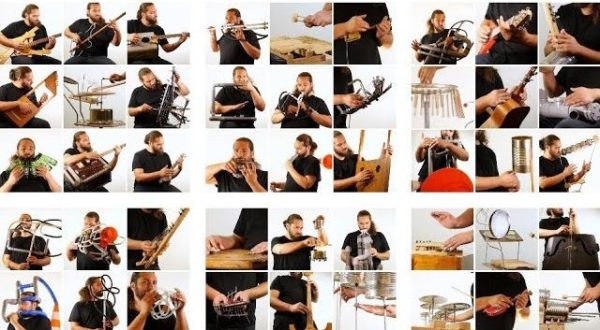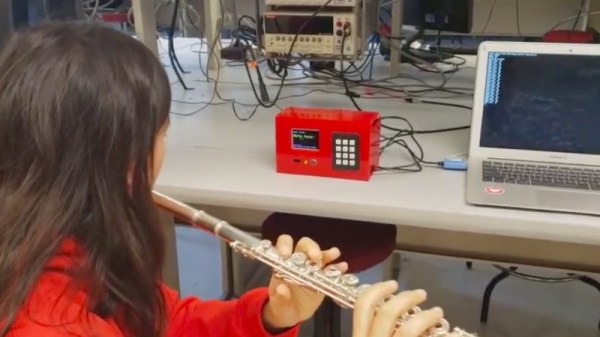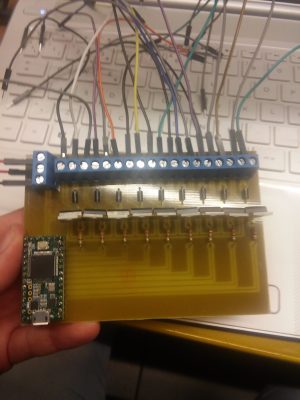Humans have been making musical instruments from whatever items are close at hand for thousands of years, and we aren’t showing any signs of slowing down yet, least of all artist [Nicolas Bras] and collaborator [Sandrine Morais.] They have been designing and constructing quite a number of DIY instruments over the years, with this demo video highlighting a whopping 72 of them in the space of just seven minutes!
Clearly, [Nicolas] is one of those people who can play literally anything, and shows his skills off very well indeed if you ask us. Particularly fine sounding is the pilchards tin guitar found at 2:52 in the video, and the electric pipe beat box at 2:10 is also pretty fun.
Pretty much all the usual methods for producing sounds mechanically are covered, namely air resonating within a shaped enclosure (flutes, and such), string vibrations which might be sensed electrically (guitars, zithers, etc) and percussive instruments which vibrate an enclosed air mass (like the udu) or vibrate other things (like plates or bars). Looking over the YouTube channel, we can’t think of much they haven’t tried to make music with!
If all this sounds familiar, well, we covered [Nicolas] that time he was traveling for a gig and his instrument collection got lost in transit.
Continue reading “72 DIY Musical Instruments Played In 7 Minutes”










 A Teensy 3.2 programmed using the Teensyduino IDE drives the solenoids. The board reads MIDI command sent over USB from a PC and translates them into the commands for this excellent driver board. It connects TIP31C transistors, along with flyback diodes, to the solenoids via a terminal strip.
A Teensy 3.2 programmed using the Teensyduino IDE drives the solenoids. The board reads MIDI command sent over USB from a PC and translates them into the commands for this excellent driver board. It connects TIP31C transistors, along with flyback diodes, to the solenoids via a terminal strip.









